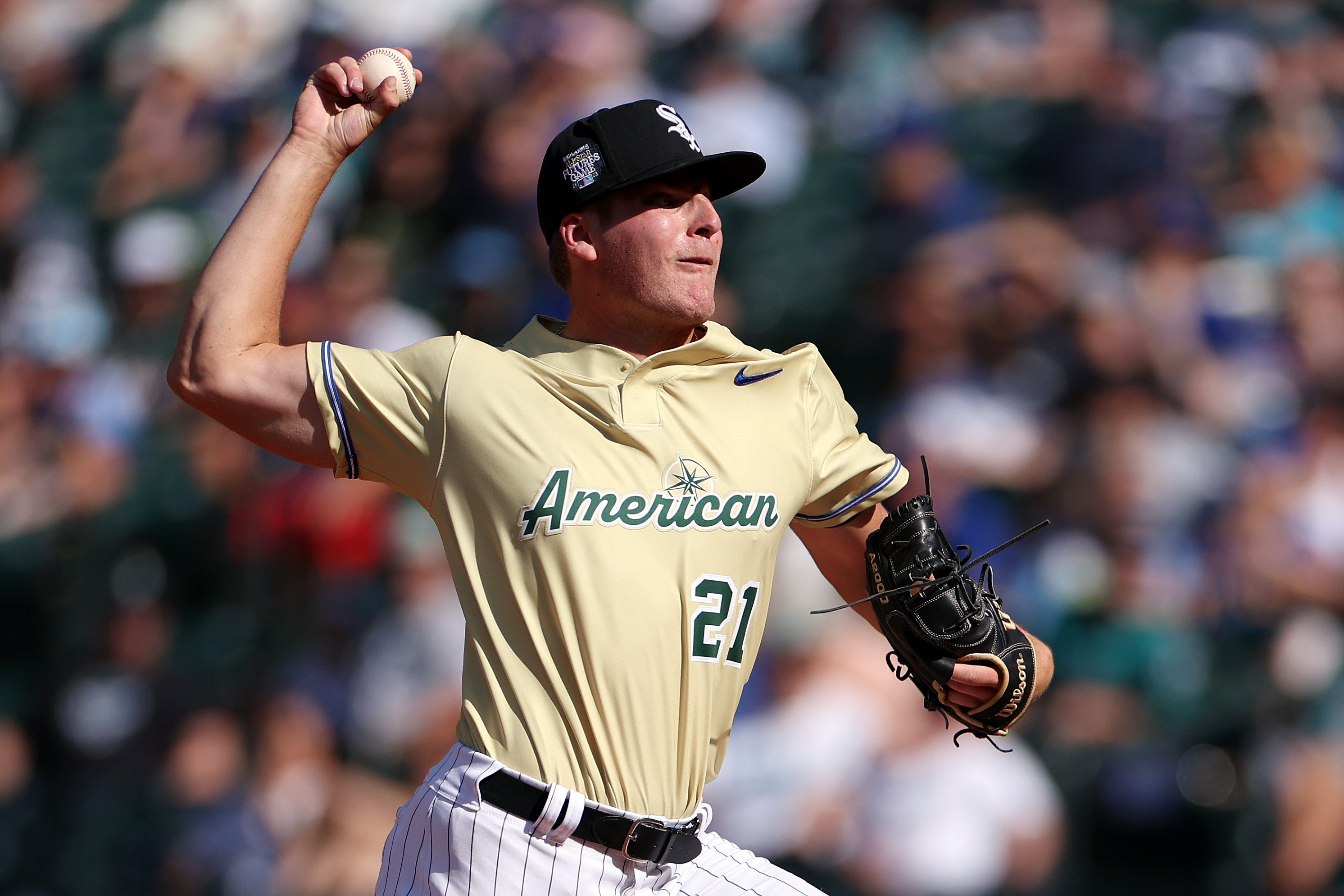
John Danks' 0-8 record through his first 11 starts last season wasn't indicative of his struggles -- W-L records never are. Danks pitched well enough to deserve to win at least three of those starts, but thanks to poor run support and a blown save, he went winless through Memorial Day.
More reliably, Danks' struggles were epitomized by his poor strikeout-to-walk ratio (4625) opponent on-base percentage (.355) and home runs allowed (11). That's why his ERA sat at 5.25 at the end of May.
In the remainder of his starts in 2011, though, Danks was his usual solid self. He posted a 3.69 ERA with 81 strikeouts, 23 walks and eight home runs allowed, all while holding opponents to a .690 OPS. Interestingly enough, luck had nothing to do with Danks' struggles and successes -- his BABIP sat at .315 through both his first 11 and final 16 starts.
But we can dive a little deeper into what Danks did differently beyond the results thanks to Texas Leaguers' pitch fx database. And it centers around using his cutter with a higher frequency.
From April 3 through May 29, Danks threw his cutter on 22 percent of his pitches. From June 6 through the end of the season, he threw that pitch 28 percent of the time. Danks threw the pitch better, too, throwing it for more strikes and generating more swings on the pitch.
There was also a small difference in Danks' fastball and changeup velocity in these two blocks. Compared to his first 11 starts, Danks threw his fastball harder and his changeup slower in his final 16 outings, although both differences were less than 1 mph.
But Danks generated about 9 percent more swings and misses on his changeup in his final 16 starts, so there's probably something to that drop in velocity.
MLB
This isn't groundbreaking stuff: Danks has to have a good cutter and changeup to be successful. He found that out the hard way last April and May.


